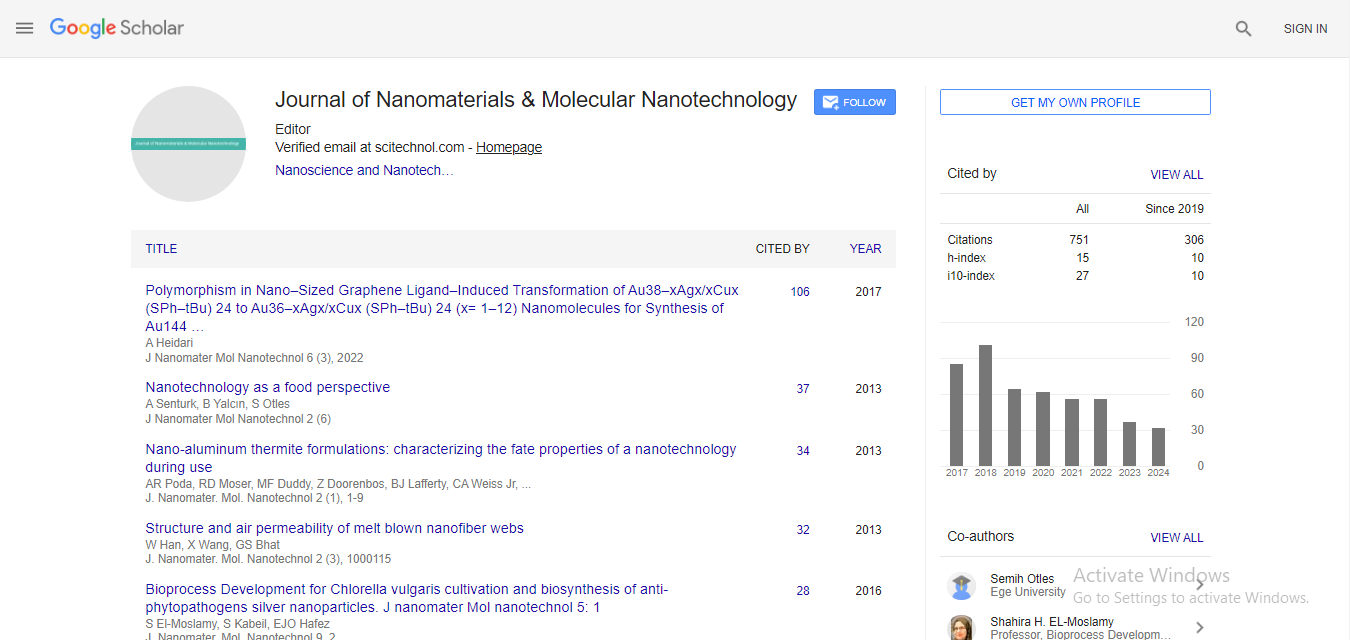Coordinating autonomous drone technology for identification of geo-ionosphere anomaly in aerosol
Pushan Kumar Datta
Rajeev Gandhi Memorial College of Engineering and Technology, India
: J Nanomater Mol Nanotechnol
Abstract
The project plans to monitor and analyze atmospheric aerosols, ions, clouds and solar radiation in relationship with environmental conditions (temperature, humidity, atmospheric pressure, wind speed and direction, variations of the telluric currents, variations of the local magnetic field and infrasound, variations of the atmospheric electrostatic field, electromagnetic and seismic activity. Many problems involving POM-02 Sky Radiometer as relationship between earthquakes and aerosols density or clouds formations and sky color using indirect measurements with radon-humidity (Sarad) and airionisation (from Alpha Lab) and CO2 detector-humidity (from ICPDAS) is used for optoelectronic configuration and data transmission. Air ionization and solar radiation monitoring, in correlation with global and local environmental factors is a new approach for atmospheric study. We tested the PID controller (with minor modifications to prevent integral wind-up) and found that it was better at preventing steadystate error than the PD controller when presented with the same disturbances and using the same proportional and derivative gains. We can plan to device a quadrotor Unmanned Aircraft System (UAS) which will be able to monitor and measure vertical and horizontal concentration gradients of trace gases and aerosol particles at high spatial resolution (1 m) within the mixed layer (0- 100 m). We used a gradient-descent based extremum seeking method in order to numerically estimate gradients of a cost function in PID-parameter space and iteratively choose a set of parameters to minimize the cost function. We found that the resulting controller was significantly better than the one using manually turned parameters.
Biography
E-mail: pushankece@rgmcet.edu.in
 Spanish
Spanish  Chinese
Chinese  Russian
Russian  German
German  French
French  Japanese
Japanese  Portuguese
Portuguese  Hindi
Hindi 



